Licences are an important part of Spielwarenmesse
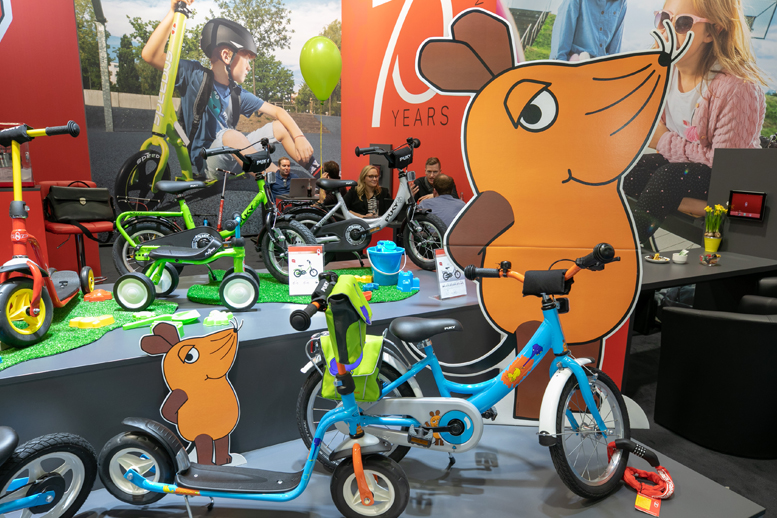
Latest news
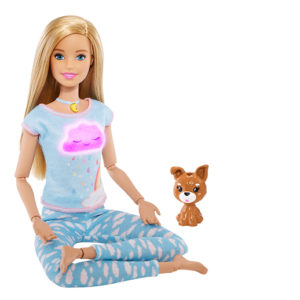
-ADVERTISEMENT- The wellness and fitness trend has arrived in the …
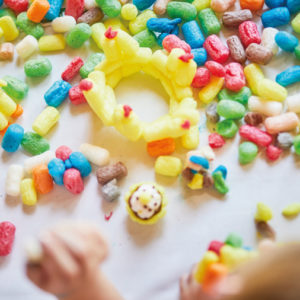
The fight against environmental destruction and the climate crisis are …
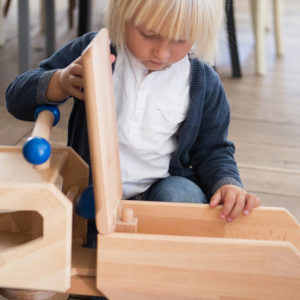
Anyone looking for new products in the field of toys, …
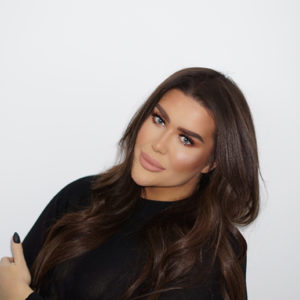
For companies, a social media presence has become indispensable and …

Hardly anything disturbs customers as much as waiting at the …

Research by TV station RBB has shown that some outlet …
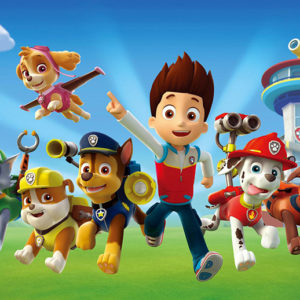
The industry association Licensing International (formerly LIMA) has honored outstanding …

Communications manager Hannah König and managing director Stephan Schenk are …
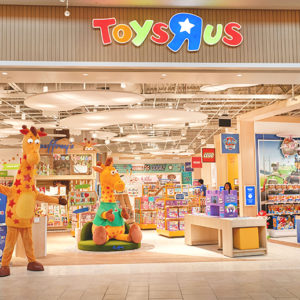
The toy dealer wants to leave his insolvency behind him. …

A neuroscientific study conducted by the Goldmedia Research Institute on …
It is a market with huge dimensions and great potential. The worldwide turnover of licensed goods and services is estimated at over 280 billion dollars. A large part of this is generated in the children’s equipment sector with toys, clothing, plush and accessories. With 14 per cent growth, licensed toys are developing much more dynamically than other toys, according to the Spielwarenmesse.
No wonder, then, that the licensed toy segment is very important at the fair. More than 1,200 entries from companies can be found in the Spielwarenmesse LicenseGuide, which lists exhibitors with licensed products. Visitors can also expect their own lectures on this merchandising area. “All key players in the licence industry are represented at the International Toy Fair. We promote an intensive exchange between licensors and licensees, agencies, trade and industry with targeted offers”, says Ernst Kick, Chairman of the Board of Management of Spielwarenmesse eG.
LicenseTalks at the fair
Every day, experts pass on their knowledge in the LicenseTalks in the Toy Business Forum in Hall 3A from 10.30 to 11.30 a.m. The topic on Wednesday is “Sustainability and Licenses”. The following spoke: Charlie Fried, President of Green Toys, and Rafaela Hartenstein, Director EU Government & Corporate Affairs of Hasbro. On Thursday, 30 January, experts will explain how digital brands provide new impulses in the toy industry under the motto “Digital Native Brands”. Speakers include Jennifer Coleman, VP Licensing & Marketing at Konami Cross Media NY, who is responsible for the cult anime brand Yu-Gi-Oh!, Steven Ekstract, founder and publisher of License Global magazine, and Sam Ferguson, Vice President Global Licensing at Jazwares. Continuations, spinoffs and remakes are the focus of the LicenseTalks on Friday. Werner Lenzer from Simba Dickie and Yawar Haider from Kiddinx Media could be won as speakers. The experts will analyse licensing market trends on Saturday, 1 February. Alongside Steven Ekstract, Martin Brochstein, Senior Vice President of the Licensing International Association, will speak.
The most important licensors
But what trends are currently shaping the toy market? A look at the top licensors helps to answer the question of which licenses are worthwhile. Undisputed number one is the Walt Disney Company. Whether Star Wars, The Ice Queen, Marvel, Avengers or Mickey Mouse - many of the group’s themes are permanent sales generators. In the ranking compiled by License Global Magazine, WarnerMedia follows in fourth place, Hasbro in sixth place, Pokemon in 23rd place, Mattel in 32nd place and Lego in 58th place. Another indicator is the International Licensing Awards of the international industry association Licensing International, which, by the way, is exhibiting in the foyer of Hall 12.0. In 2019, the association named MGA’s surprise hit L.O.L. Surprise as the best brand in the category “Entertainment/Character Brand”. Lego received an award for its Harry Potter series and Jazware for the Fortnite Llama Loot Pinata as the best licensed product in the category Toys for Children. However, it is also important to take country-specific features into account. Of course, with licenses like Star Wars or the Disney characters, there are products that work universally. However, the far greater number of licenses should be considered regionally.
Significant differences: License markets in the USA and Russia
For the US market, Steven Eksrat, publisher of License Global, sees the trend of Millennial Parents as particularly formative. In his opinion, parents born between 1981 and 1997 like to resort to franchise classics for licensed products. He proves this with the return of “Toys ‘R’ Us”, which opened its first new stores in the USA at the end of last year. The renaissance of formerly beloved characters such as Elmo from Sesame Street and characters from The Lion King also underline the importance and purchasing power of Millennial Parents. In contrast, the situation in Russia is completely different. Here, Francesca Ash from Total Licensing has analysed the rapidly growing market. Fixies are currently particularly popular among boys between four and ten years of age. Also popular are Fantasy Patrol and Be-Be-Bears, Frozen, The Three Bogatyrs and Golden Collection, as well as other brands from the animation studio Soyuzmultfilm. A real export hit made in Russia is the animated series Mascha and the Bear.
Spain is fast moving, China is huge
Emili Alsina, publisher of Licencias, sees the Spanish licensing market as particularly fast-moving. Driven by streaming platforms, YouTube and online games, new topics are emerging at ever shorter intervals. Companies are reacting to this very quickly. Therefore, the industry is very competitive with many target groups and a high degree of fragmentation. There is no license that is particularly noticeable. Rather, the various topics have become more short-lived due to the oversupply. It is interesting to take a look at China. According to Cristina Angelucci, publisher of Licensing Magazine, the licensing market in the Middle Kingdom and other Asian countries is growing fastest in the world. There are almost 2,000 topics. Of the international licenses particularly successful in China are My Little Pony and Peppa Wutz. However, the market is mainly characterised by its own themes. In Asia, cats, the cute Kawaii characters and ducks are particularly popular.
In Germany parents want sustainability
And what is the situation in Germany? In contrast to other countries, German parents are mainly interested in aspects such as longevity, sustainability and the potential for combination. The fast-moving licensing business has long been difficult in this country, which is why there is still great potential. This applies to themes such as The Ice Queen as well as L.O.L Surprise or Paw Patrol. Among the licensing tips from Axel Dammler, managing director of iconkids & youth international research, are Peppa Wutz, Miraculous, Star Wars and Avengers.
This could interest you as well:
Toy manufactures are punt on the spot - Customers demand more sustainability
Image: Ravensburger
//Kirsten Hemmerde



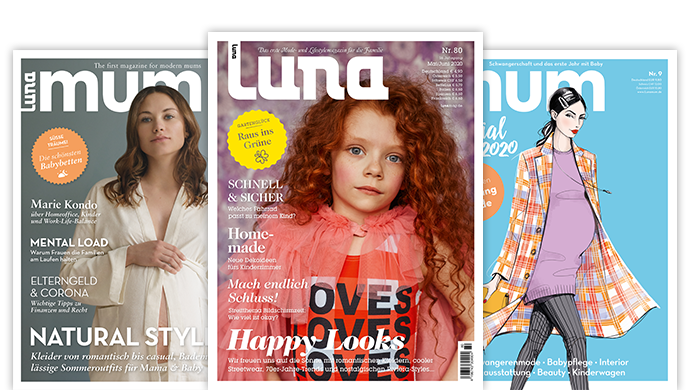
Leave a Reply